In an era where data transfer speeds and efficient power delivery are paramount, understanding the differences between USB 3.0 and USB4 is crucial for optimizing your digital workflow. This guide provides a detailed comparison between USB 3.0 and USB4, offering insights into their technological advancements, capabilities, and real-world applications. Whether you are a content creator, a professional working with large datasets, or simply a tech enthusiast looking to understand the evolution of USB technology, this article will equip you with everything you need to make informed decisions regarding your connectivity needs.
Evolution of USB Technology
The Universal Serial Bus (USB) standard has undergone significant transformations since its inception. From simple peripherals to complex high-speed data transfers, the USB standard has continuously improved to meet the demands of modern computing. Here’s a brief look at the key milestones in USB development:
- 1996: USB 1.0 debuted, offering a transfer speed of 12 Mbps.
- 2000: USB 2.0 arrived, introducing "Hi-Speed" data transfer at 480 Mbps.
- 2008: USB 3.0 was introduced, boasting data transfer speeds of 5 Gbps.
- 2013: USB 3.1 doubled the speed to 10 Gbps.
- 2017: USB 3.2 arrived with speeds of up to 20 Gbps.
- 2019: USB4 was launched, delivering an extraordinary 40 Gbps transfer speeds, incorporating Thunderbolt technology.
This rapid evolution highlights the increasing need for faster data transfer, higher power delivery, and greater versatility, making USB4 a significant leap forward.

What Are USB 3.0 and USB4?
USB 3.0: Revolutionizing Data Transfer
Released in 2008, USB 3.0 brought a revolutionary change in how data was transferred. With a maximum data transfer rate of 5 Gbps, USB 3.0 offered a tenfold improvement over its predecessor, USB 2.0. Its dual-bus architecture allowed for simultaneous two-way data transfer, making it ideal for tasks like transferring large files and using external hard drives. Despite the advancements it brought, USB 3.0 was limited by its power delivery capabilities and connector types.
USB4: A Game-Changer in Connectivity
USB4, introduced in 2019, represents the culmination of years of development in connectivity technology. USB4 builds upon USB 3.2 and integrates Thunderbolt 3 support, delivering a peak transfer rate of 40 Gbps. This standard enables simultaneous data and video transmission, making it an essential tool for professionals working with high-resolution displays or high-bandwidth applications. USB4 also significantly improves power delivery, offering up to 240W, which allows for the charging of larger devices such as laptops and monitors.
Key Differences Between USB 3.0 and USB4
Data Transfer Speeds
- USB 3.0: With a maximum transfer rate of 5 Gbps, USB 3.0 provides sufficient speed for everyday tasks, such as transferring files, connecting peripherals, or using external storage. However, it struggles to keep up with more demanding applications like video editing or 4K streaming.
- USB4: Capable of reaching speeds of up to 40 Gbps, USB4 is optimized for tasks that require large amounts of data to be transferred quickly. This includes applications such as high-resolution video editing, 3D rendering, and connecting multiple 4K displays. USB4’s higher speeds ensure that large files are transferred in a fraction of the time required by USB 3.0.
Power Delivery
- USB 3.0: While USB 3.0 supports power delivery of up to 900mA at 5V (which is suitable for charging smartphones, tablets, and smaller devices), it falls short when it comes to powering larger devices.
- USB4: USB4 offers significantly enhanced power delivery capabilities, with a maximum of 240W (5A at 48V). This makes USB4 ideal for charging larger devices such as laptops, monitors, and high-performance peripherals, while maintaining high data throughput and efficiency.
Connector Types
- USB 3.0: USB 3.0 connectors come in various forms, including Type-A, Type-B, and Type-C. The Type-A connectors, often colored blue, are the most common. However, the various connector types can sometimes create compatibility issues between devices.
- USB4: USB4 primarily utilizes the USB Type-C connector, known for its reversible design and compact form factor. This connector is widely accepted across modern devices, offering a streamlined and uniform connectivity experience. USB4 maintains backward compatibility with USB 2.0 and 3.x, but the transfer speeds will be limited by the older technology when connecting to those devices.
Versatility and Multimedia Support
- USB 3.0: While USB 3.0 supports high-speed data transfers, it is limited when it comes to multimedia support. USB 3.0 does not natively support video output or alternate modes, making it less versatile for users who require multiple functions from a single port.
- USB4: Thanks to its integration with Thunderbolt 3, USB4 allows not only for high-speed data transfers but also for video output and advanced power delivery. This makes USB4 an excellent choice for professionals who require a hub that can handle multiple tasks, such as connecting external displays, transferring large files, and charging devices all at once.
Choosing the Right USB Hub
Selecting the ideal USB hub depends on your specific needs and the environment in which you will be using it. Here are some considerations to help guide your decision-making process:
Transfer Speed Requirements
- USB 3.0: For users who need to transfer files or connect peripherals, USB 3.0 hubs will suffice. External storage devices, basic peripherals, and everyday tasks can be handled efficiently by USB 3.0 hubs, which offer data transfer speeds of 5 Gbps.
- USB4: For content creators, professionals, and gamers who require ultra-fast data transfers for large file handling, multiple displays, and high-resolution workflows, USB4 hubs are the go-to solution. The 40 Gbps speeds offered by USB4 ensure seamless performance when dealing with high-bandwidth applications.
Power Delivery Needs
- USB 3.0 Hubs: Most USB 3.0 hubs provide basic power delivery capabilities suitable for charging smaller devices like smartphones, tablets, and wireless peripherals. However, for more power-hungry devices, a USB4 hub is required.
- USB4 Hubs: If you need to charge larger devices such as laptops or monitors, a USB4 hub equipped with advanced power delivery capabilities will provide up to 240W, ensuring your devices are powered efficiently while maintaining high-speed data transfer.
Connector Versatility
- USB 3.0 Hubs: These hubs offer compatibility with a variety of devices and connector types, ensuring you can connect older devices that still use USB Type-A or Type-B connectors.
- USB4 Hubs: USB4 hubs, typically using Type-C connectors, are ideal for users with modern devices. While they offer excellent backward compatibility, devices that use USB 3.0 or earlier versions will experience reduced speeds when connected to USB4 ports.
Benefits of USB4 Over USB 3.0
- Higher Data Transfer Speeds: USB4 delivers 40 Gbps transfer speeds, ensuring faster file transfers and efficient handling of high-bandwidth tasks.
- Enhanced Power Delivery: USB4 can charge larger devices, offering up to 240W for laptops and other power-hungry peripherals.
- Better Multimedia Support: USB4 supports both data and video output simultaneously, making it the optimal choice for users who need to connect multiple devices like external displays and high-performance storage.
- Future-Proof Technology: As more devices adopt USB4, investing in USB4-compatible hubs and accessories ensures that your tech setup remains relevant and compatible with the latest standards.

Conclusion
The transition from USB 3.0 to USB4 represents a monumental leap in connectivity technology, offering significant improvements in data transfer speeds, power delivery, and versatility. Whether you are a professional in need of fast, reliable performance or a casual user seeking improved charging capabilities and connectivity, USB4 provides the future-proof solution you need. While USB 3.0 remains a solid choice for everyday use, USB4 is the ultimate standard for demanding applications that require high-performance data transfer and power delivery. Make the right choice today to ensure your devices and workflow remain optimized for the ever-evolving digital landscape.
Frequently Asked Questions
Q1: Will USB 3.0 devices work with USB4 ports?
Yes, USB4 is backward compatible with USB 3.0, but devices will only perform at the speed of the older technology. For example, a USB 3.0 device connected to a USB4 port will be limited to USB 3.0 speeds (5 Gbps).
Q2: Does USB4 support multiple displays?
Yes, USB4 supports video output and can handle multiple displays simultaneously, making it ideal for professional setups involving multiple monitors or high-definition content.
Q3: What is the real-world performance difference between USB 3.0 and USB4?
In practical use, USB 3.0 generally achieves transfer speeds of around 3-4 Gbps, while USB4 typically provides speeds of 25-35 Gbps. The actual performance may vary depending on the device and cable quality.
Further reading:USB-C Power Delivery: The Ultimate Fast-Charging Guide

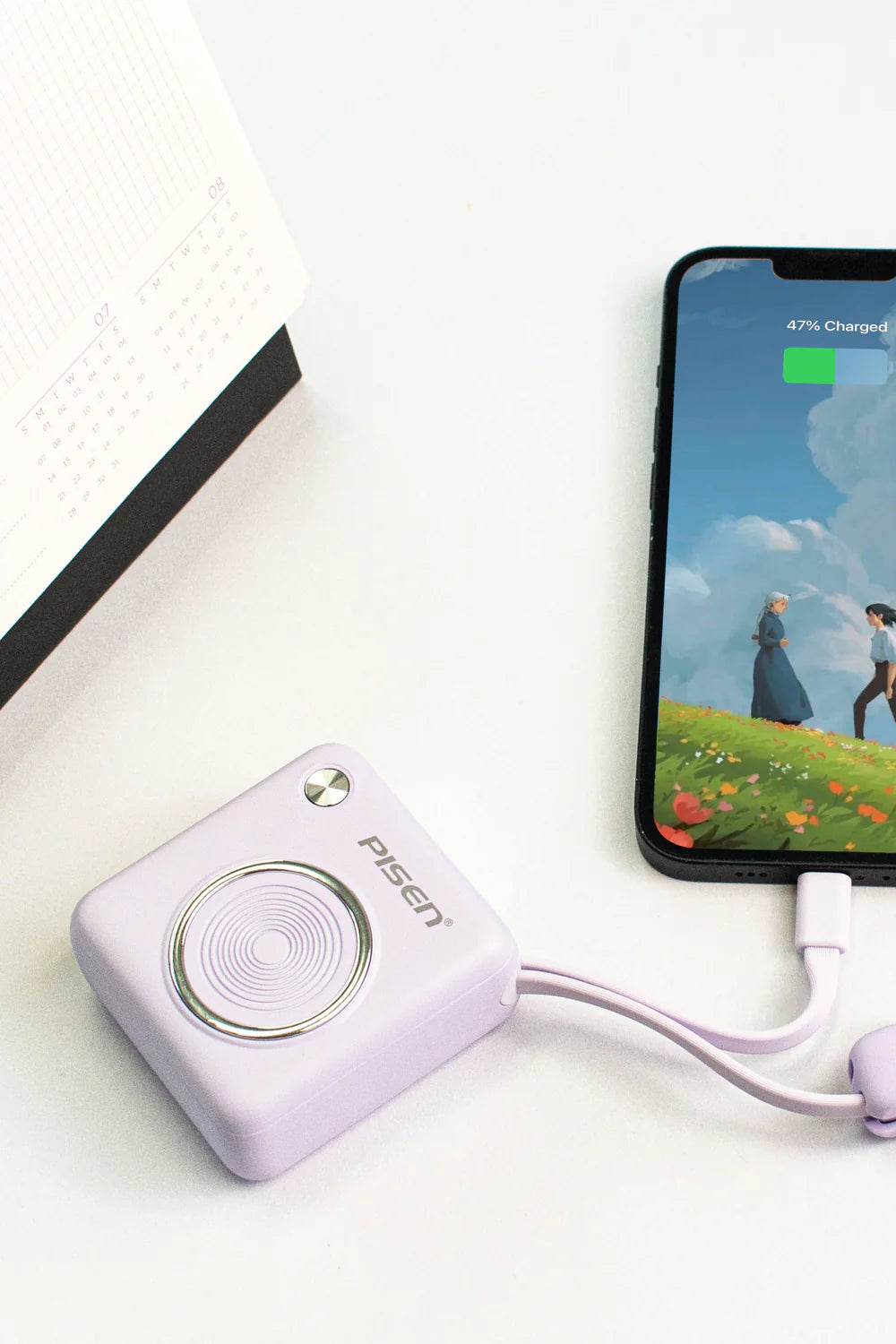
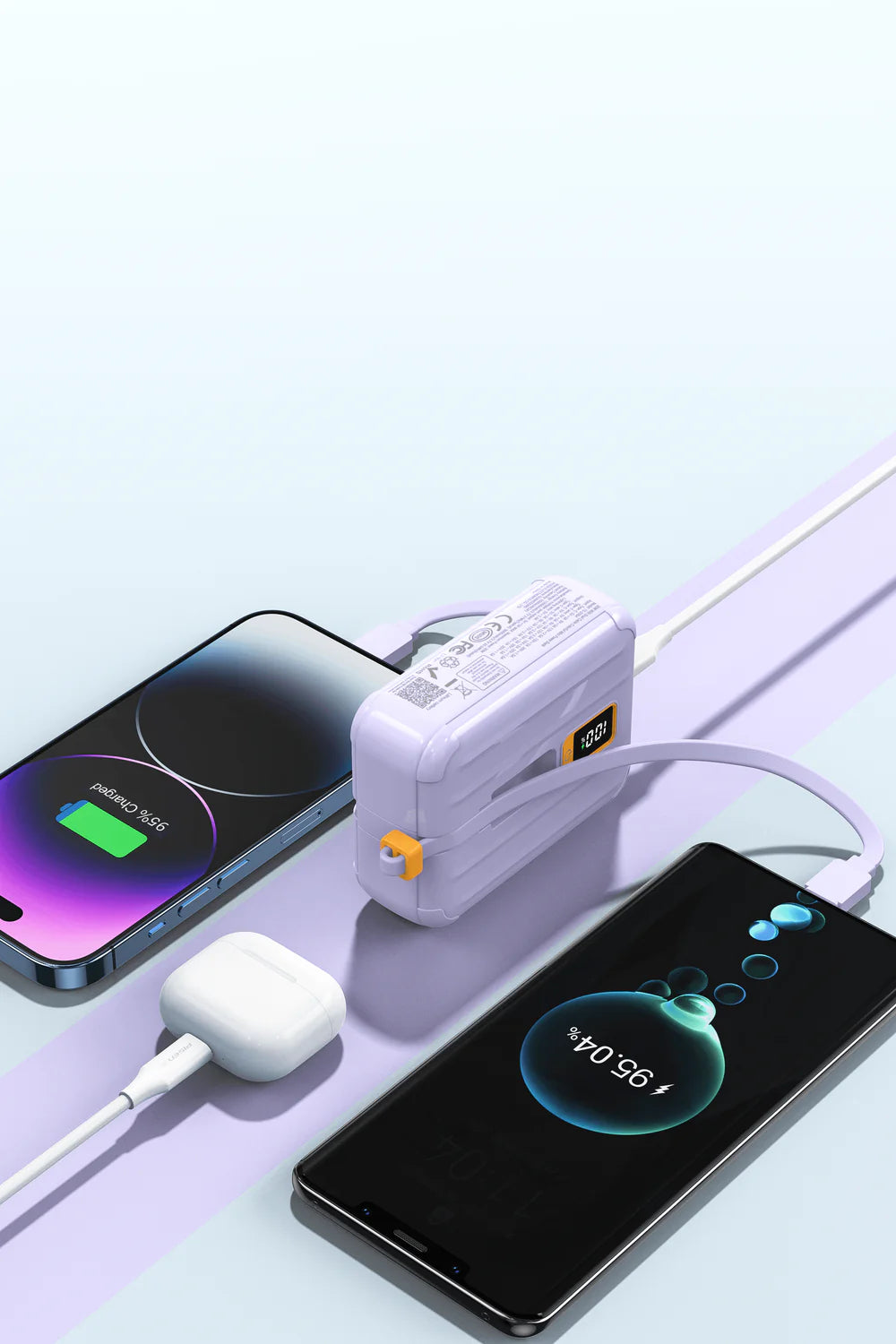
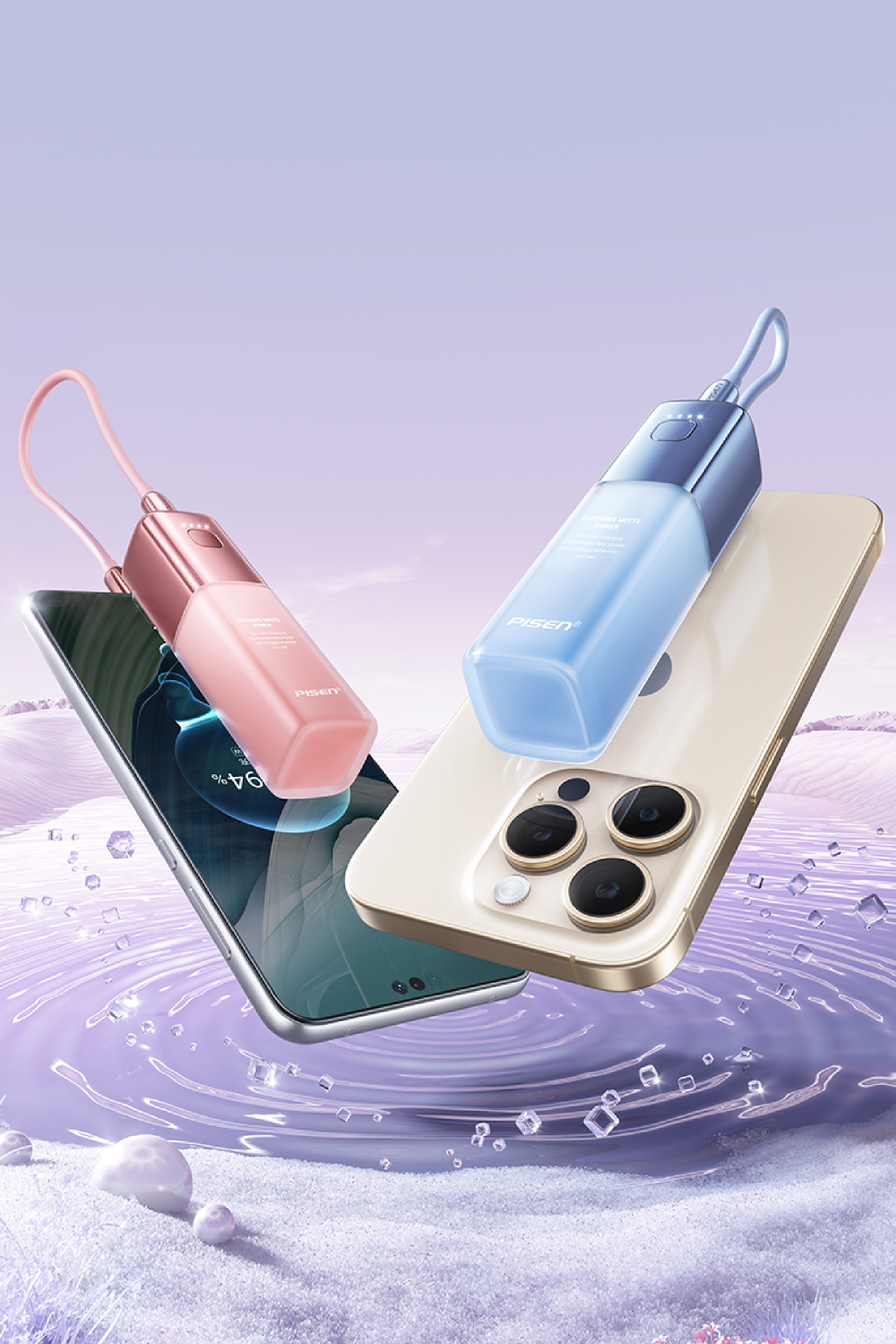


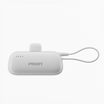
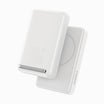
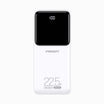
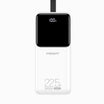
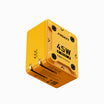
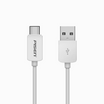
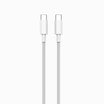
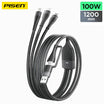
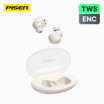



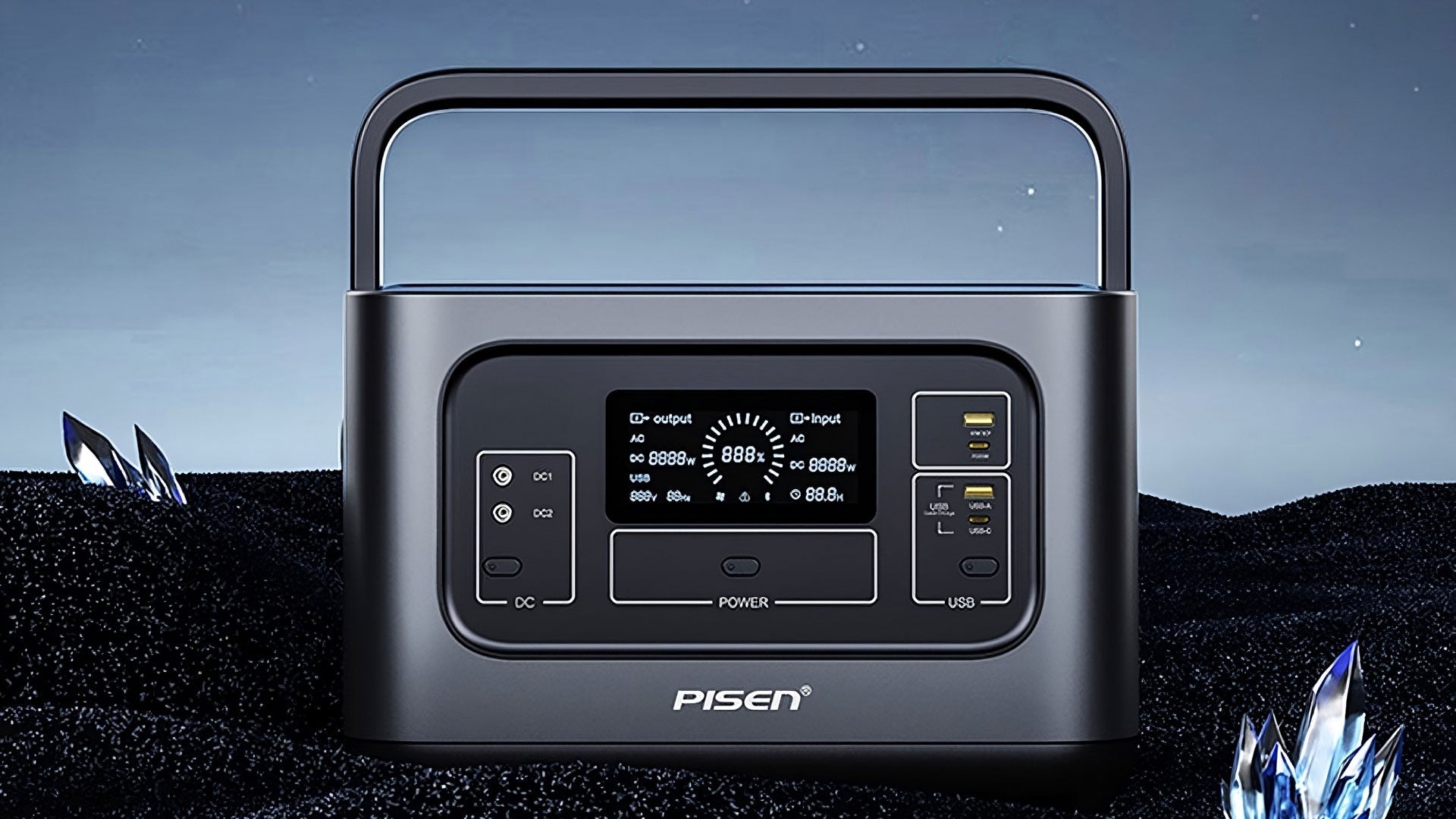
Leave a comment
This site is protected by hCaptcha and the hCaptcha Privacy Policy and Terms of Service apply.